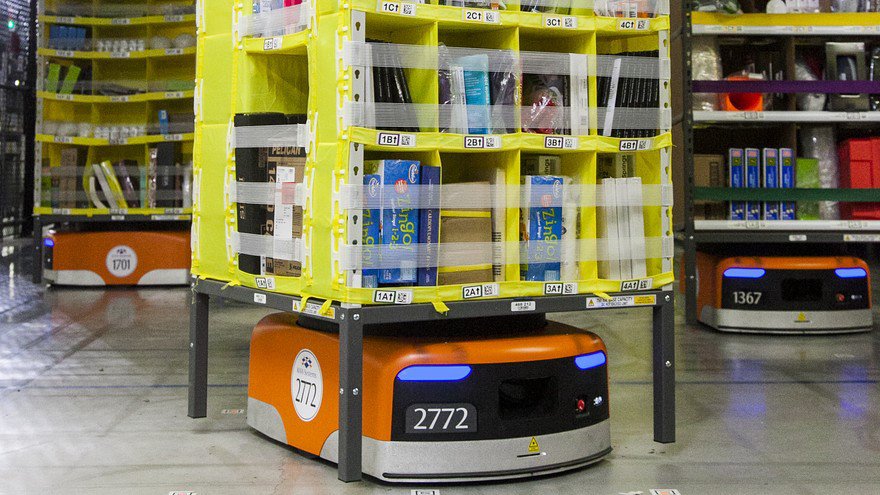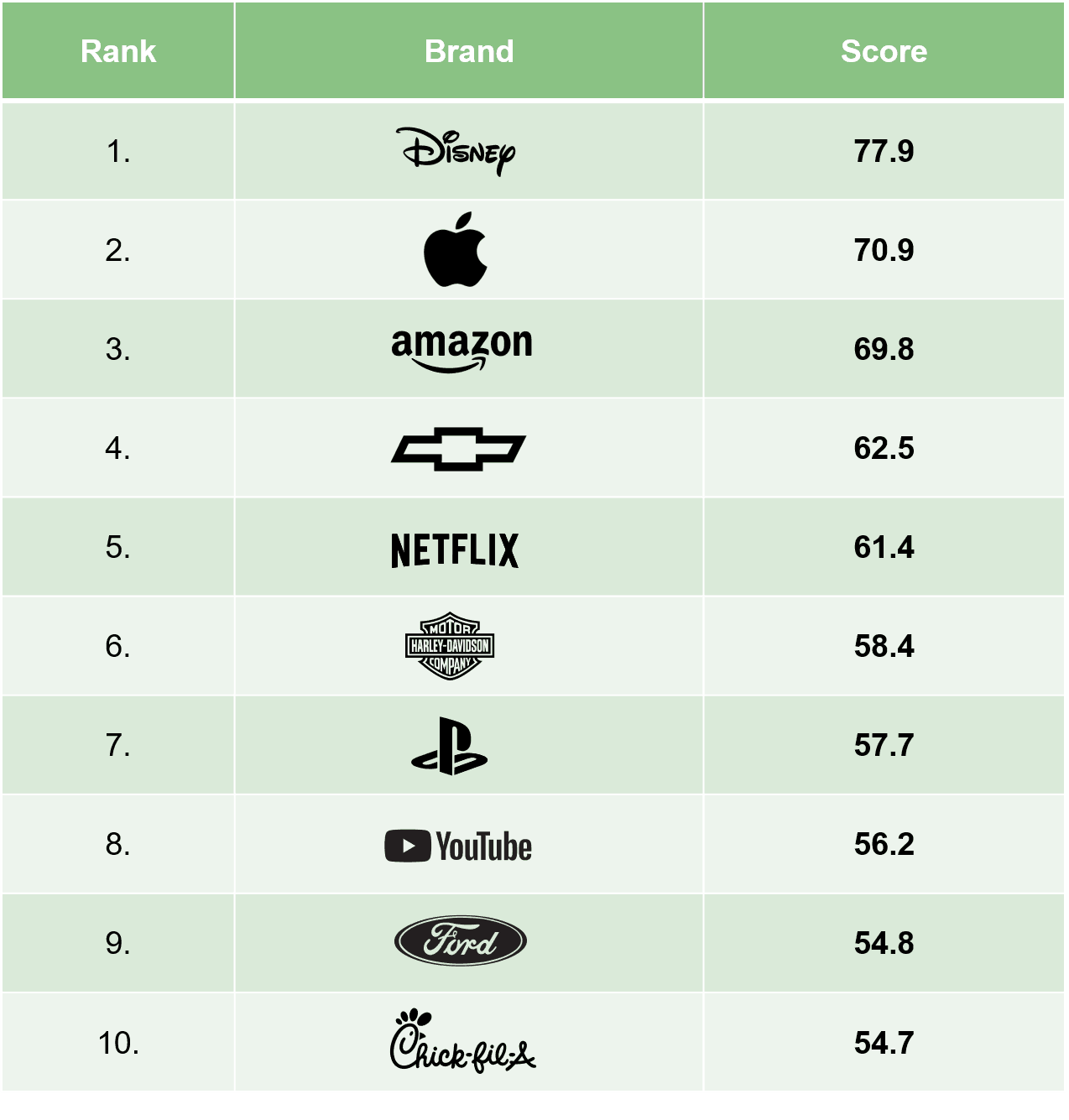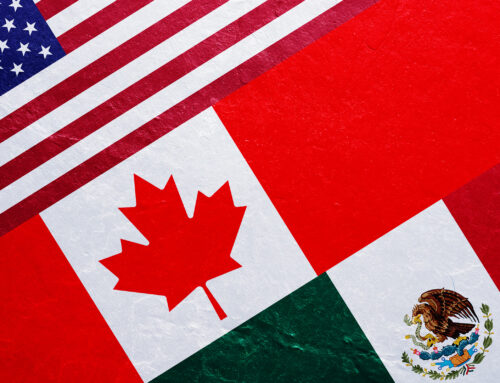Although you want your business to excel in all things, it has been proven time and time again that specialization is the key to success. In this article, we discuss how such industry leaders as Amazon, Apple and 3M, use differentiation strategies to achieve profitability and customer loyalty.
What are 3 Value Disciplines?
Many businesses believe that in order to maximize profits, they must be all things to all types of customers. However, as we discussed earlier, this approach could have a detrimental impact on business. In fact, companies that have a weak differentiation strategy are relegated to a commodity status leaving little room for expansion and growth.
“Being a master of everything makes you a master of none.”
So, how can a business avoid this trap and stand out in the marketplace? In order to differentiate your business, your whole corporate strategy should focus on enhancing your organization’s performance in its targeted value disciplines.
According to the Harvard Business Review, there are three core value disciplines that differentiate a business from the competition:
- Operational excellence
- Customer intimacy
- Product leadership.
Rather than trying to excel in all three, major industry leaders typically focus their differentiation strategies on one value discipline, while meeting industry standards in the other two.
In other words, it is important that your company remains competitive in all three value disciplines, while placing more emphasis on one. The old adage rings true here – being a master of everything makes you a master of nothing. Let’s take a closer look at what mastery looks like in each value discipline:
You may be interested in this Whitepaper: Improving B2B Pricing Strategy
Operational Excellence
To be a leader in operational excellence a company must provide reliable products or services at competitive prices. Delivery to customers must be streamlined and the company must meet or exceed industry lead times. Organizations that have adopted a strategy of operational excellence boast highly efficient processes built around sophisticated information systems.
The Leaders: Walmart and Amazon
Walmart’s foremost trait is cost efficiency. If a price war were to break out tomorrow, this retail giant could outlast all its competitors. It can, therefore, maintain the lowest prices and attract those customers who base their buying decision primarily on price. Walmart delivers the most value to their customers by offering rock bottom prices.
Timing Matters
Another example of operational excellence is illustrated by one of the major Walmart’s competitors – Amazon. This e-commerce giant combines high-powered software with logistics to provide a timely experience to customers.
How did Amazon achieve such disruptive efficiency? According to Quartz, the answer lies in Amazon’s inventory system that organizes products randomly, rather than in order, while meticulously keeping track of every item in the warehouse. This system allows each item to be simultaneously in several locations across the warehouse, making the product pick-up faster, which, in turn, speeds up the whole shipping process. As a result of their on-demand efficiency, Amazon customers with a Prime Membership can receive a package within two days.
Competitive Edge: Cost- and time-efficient supply chains

Above: Kiva robot operating at Amazon’s warehouse. Source: MarketWatch
Customer Intimacy
Companies that excel at operational excellence run their businesses as lean, mean corporate machines. Those pursuing a strategy of customer intimacy must provide superior value by tailoring products and services to fit unique customer needs. Value-added services like focused marketing and responsive/flexible processes are the hallmarks of this value discipline. The marketing and advertising agency MBLM defines customer intimacy as “a new paradigm that leverages and strengthens the emotional bonds between a person and a brand”.
The Leaders: Apple and Ritz-Carlton Hotels
Each year, MBLM conducts a Brand Intimacy Study that determines the top-ranking brands in this area. To do this, MBLM conducts 6,200 qualitative interviews with consumers across three countries.
The 2019 Report ranked Apple as second on the overall list and number one among tech companies. The key to Apple’s customer loyalty lies in their creation of intimacy and emotional attachment to the brand. According to David Weinberger, “everything from opening up the box of an iPhone to holding it in your hand is a sensory pleasure. From its weight to the texture of its parts to the brilliance of its screen–it’s a multi-sensory pleasure machine engineered to make you bodily happy when you interact with it.” Apple is a great example of why paying attention to product design and user experience is crucial from the early stages of product development.

Above: MBLM’s Top Ranked Companies of 2019 Brand Intimacy Study. Resource: MBLM
Personalization is Key
Ritz-Carlton Hotels was identified as a customer intimacy leader. The hotel chain has emerged as the industry standard for personalization in hospitality. Ritz-Carlton has built a database of customers and every time a customer stays at the hotel, that information is accessed to establish their needs. The hotel then responds accordingly, whether by leaving fruit instead of chocolates in the room; or placing the telephone on the other side of the bed for left-handed guests. The hotel is aware and attentive to client needs.
Relationship vs. Account Managers
Paul Hunt, president of Pricing Solutions, cites the example of a bank client that has “relationship managers” instead of account managers. “They are in the customers’ operations all the time, making sure the bank responds to customer needs,” he says. “They almost function as advocates for the customer.” The payoff is long-term customer relationships and low employee turnover. The differentiation strategy for the business is to focus on creating an intimate, long-lasting, profitable relationship.
Competitive Edge: Customer Retention and Loyalty
Product Leadership
This is arguably the hardest value discipline in which to excel. Companies in this category lead the pack when it comes to introducing new products, even at the expense of cannibalizing their own offerings. They are fearless innovators who are always first to market.
The differentiation strategy of product leaders is to deliver superior value through leading-edge products that enhance customer benefits. Product leaders do not have the lowest-cost operations because their customers are not as price-sensitive. Their priority is to deliver the best new product, at any cost.
“The differentiation strategy of product leaders is to deliver superior value through leading-edge products that enhance customer benefit.”
The Leaders: 3M and Vistakon
A global leader in innovation, 3M started out as a modest mining company that now produces over 55,000 products. In times of rising AI, big data, IoT and other industry disruption, the company stays ahead by prioritizing investment in R&D. According to Forbes, the company has R&D laboratories with 8,300 researches in 36 countries. The previous CEO of 3M, Inge Thulin, said that the third of the products they sold in 2013 came from products created in the previous five years.
Seize the Moment
Product leaders are not averse to risk. Johnson & Johnson’s Vistakon Inc. demonstrated the value of taking risks when it took a chance on unproven optical technology. When company executives were led to an inexpensive method of manufacturing contact lenses they seized the opportunity. They immediately bought the rights to the technology from a Danish ophthalmologist. A team was assembled, and a facility was set up quickly. Manufacturing of the lens, called Acuvue, started immediately. This speed to market is Vistakon’s differentiation strategy. It has pushed the company to continue pursuing new technologies that might even render their own current lenses obsolete.
Competitive Edge: Customers with Less Price Tolerance
Find your Niche
Identifying the value discipline your company should pursue takes strategic planning and sometimes a great deal of introspection. One client of ours thought they should be a product leader, however, through the planning process, it was determined that their real strength was customer intimacy. While its products had to be competitive, their differentiation strategy needed to focus on customer intimacy.
In whatever value discipline your organization pursues, you must continually re-evaluate, refine, and even reinvent your differentiation strategy. As HBR pointed out, the operating model that elevates a company to value leadership is superior and worth exploiting only until a better one comes along.





